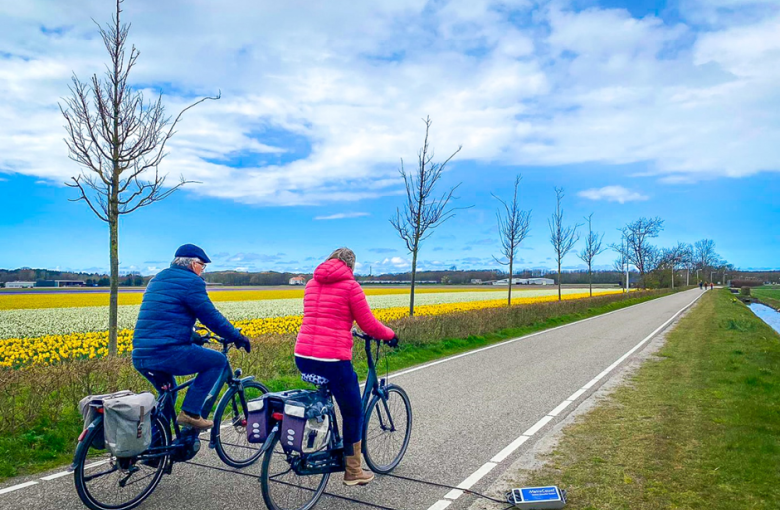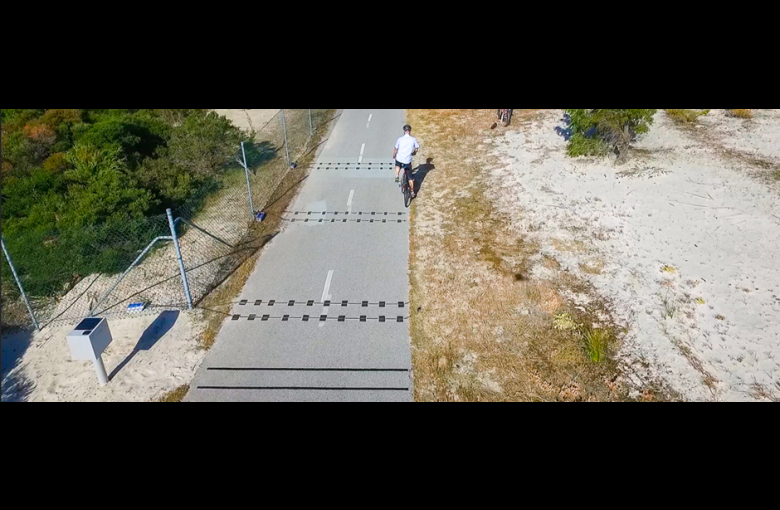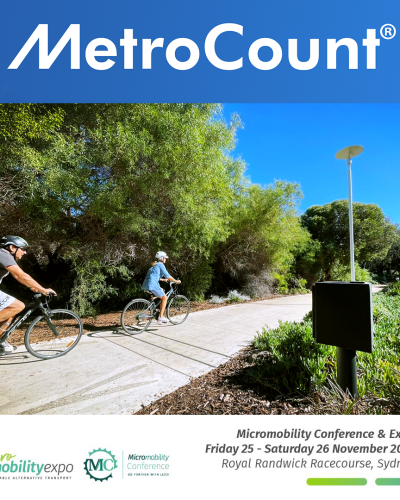Happening for the first time in Australia, the event is dedicated to the transport revolution, promoting urban micromobilty and encouraging solutions in the use of electric lightweight and micro-vehicles.
With a broad program, the expo and conference is an opportunity to know more about best practices from international and Australian authorities.
What is Micromobility?
“Micromobility is a relatively new word that encompasses traditional bikes, e-bikes, cargo bikes, e-scooters, share schemes, and all other forms of light electric vehicles, plus a wide range of enabling technology, products and services.
Micromobility is booming, but with this boom are coming changes and challenges for all levels of government, industry and our broader society.”
“By providing safe and convenient options for getting around, micromobility infrastructure can help to reduce congestion, pollution and carbon emissions. It can also create more opportunities for physical activity, social interaction and connection with nature. In short, micromobility infrastructure is essential for creating healthy, sustainable and liveable cities.”

MetroCount’s Business Development Manager, Maurice Berger, totally agrees with the transition: “I believe future mobility won’t be so much about science fiction and hoverboards. The future is more about increased infrastructure for active transportation. More separated bike lanes, bike parking and local streets with lower speed limits. Should we decrease speeds to 30km per hour or even lower on low-traffic streets? If so, you cannot just put a sign on a pole and expect a change. We need to change our view of streets to be more people-oriented and less car-centric.”
After extensive development and testing, we released our first bicycle monitoring system, the RidePod® BP, in 2008. Since then, we have continually improved the functionality of our bike counters to detect e-scooters, cargo bikes and pedestrians consistently and accurately with the same piezoelectric sensors. We also released the RidePod® BT portable bike and scooter counter which allows governments to gather weeks or months of active transport data at multiple locations. Together with ATLYST – our traffic data analytics and survey management software, these tools identify trends, make comparisons with interactive graphs, access outcomes of traffic changes, and support future transport planning.
Collecting data on sustainable mobility movements allow local councils and state road authorities to maintain cycling infrastructure better, bolster funding applications for upgrades, detect and respond quickly to safety hazards and monitor the shift from motorised transport to active travel.
Here are few articles which provide more data and information on Active Transport:
- More than half of Australians would ride more if there was an increased feeling of safety while riding on motor traffic roads.
- How to know if a bike lane is working?
- How do we ensure sufficiently wide cycle paths and logical routes to safely handle large numbers of cyclists? Cycling data can help! “
- Traffic counters specifically designed to monitor bikes

Reach out to us to see how improving cycling infrastructure in your area can encourage more active transportation.
Micromobility Conference & Expo
25 – 26 November 2022
Royal Randwick Racecourse, in Sydney.
Access the program here.
This article contains references from the external article “At Last! Australia’s First Micromobility Conference” .
Got a great MetroCount story? Share it with us
